Understanding Geocomposite Hydraulic Properties: A Comprehensive Guide
Geocomposite hydraulic properties are particularly important for their role in enhancing drainage systems and soil stabilization.
Tel: +86-411-39569550 | E-mail: info@geofantex.com/geofantex@gmail.com
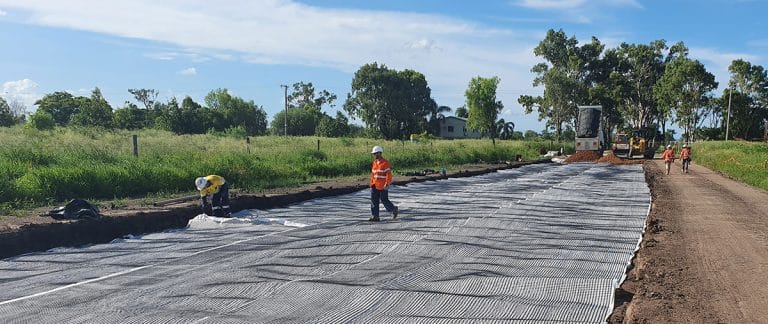
Geocomposite hydraulic properties are particularly important for their role in enhancing drainage systems and soil stabilization.

Geonet technologies continue to provide a versatile, cost-effective solution for soil reinforcement, drainage systems, and waste containment.

How thick is a geonet?, they are considering factors such as load-bearing capacity, drainage efficiency, and environmental conditions.

In conclusion, geocell soil stabilization continues to play a pivotal role in modern geotechnical engineering.
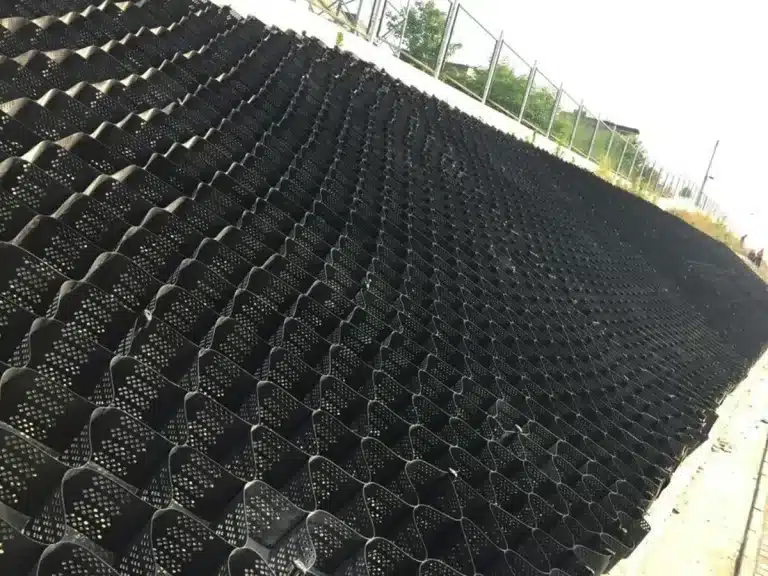
The geosynthetics industry has recently witnessed significant advancements in geocell erosion control technologies.
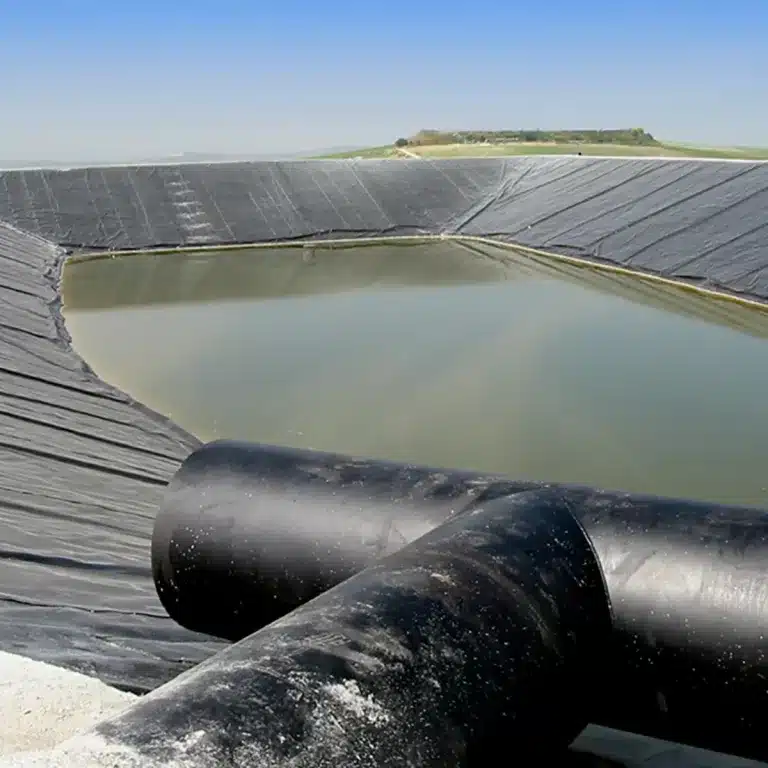
A bituminous geomembrane is a high-performance geosynthetic liner designed for waterproofing and environmental protection.
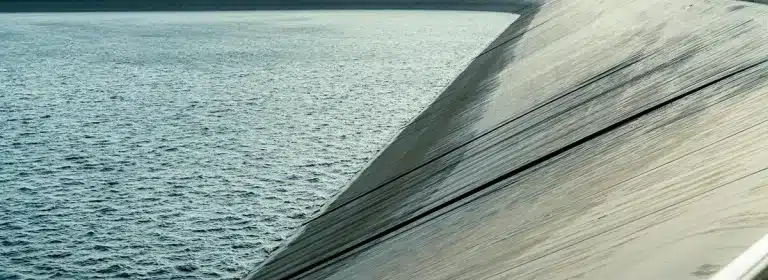
The geomembrane market plays a critical role in geosynthetics, offering solutions for containment, environmental protection
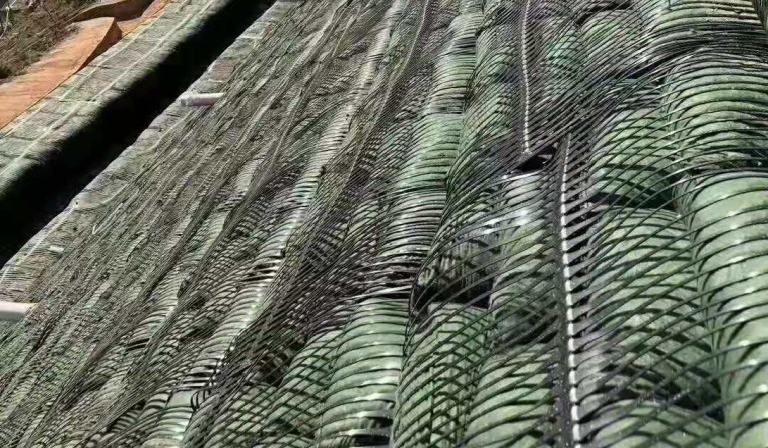
Geogrid reinforcement is widely used in infrastructure projects such as highways, railways, embankments, and slope stabilization.
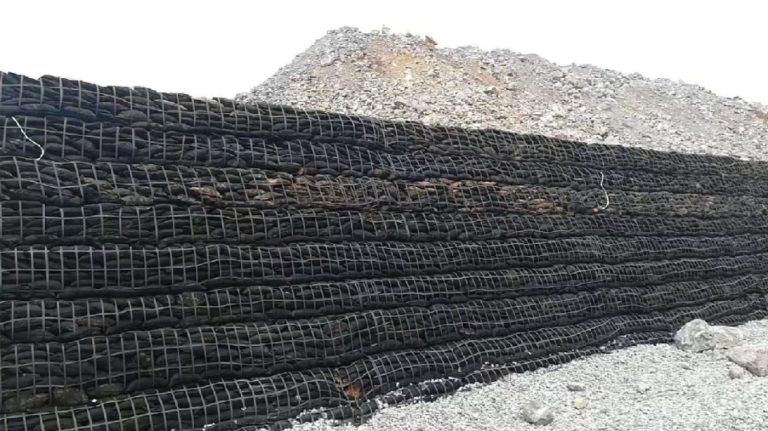
Particularly in geogrid slope stabilization, where they enhance the stability and longevity of infrastructure projects.

Geosynthetic hillside driveways are an innovative solution in landscaping and civil engineering, particularly when dealing with challenging.
End of content
End of content
WhatsApp us